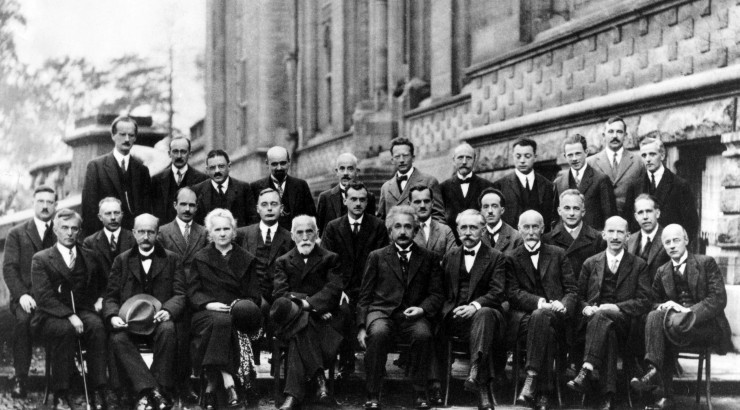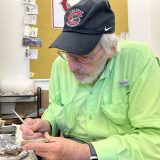Dean’s Diversion: Avoiding Pathological Science
June 28, 2015
A particularly good read (whether you are a scientist or not) is Irving Langmuir’s classic Pathological Science lecture from 1953 (download the PDF). For most physical scientists, I imagine that the talk is well known. There are extensive websites on the subject, as well as the obligatory Wikipedia page, so there is no need to rehash that entire conversation here.
However, it did strike me that maybe a restating of the lecture’s main points would be of some use, since the talk has apparently lost some of its luster for the newer generation of scientists.
To summarize, Langmuir defined pathological science as having the following properties (Langmuir’s words in quotes):
“The maximum effect that is observed is produced by a causative agent of barely detectable intensity.”
In other words, if you are trying to ascribe a result to something you imagine is there but you cannot reliably find, you might consider an alternate hypothesis.
“…observations are near the threshold [of detection]…”
So, if you are finding yourself collecting mounds and mounds of data just to make an observation barely detectable above background, you might rethink your experimental approach or question the reality of the observable you are trying to detect.
“There are claims of great accuracy.”
Are you making measurements to a level of precision and accuracy that are far beyond what one might initially expect? Be a little more skeptical of your data.
“Fantastic theories contrary to experience.”
It is certainly the case that paradigms shift in science. However, it is incumbent upon us to be highly skeptical of theories that run against the grain of our current understanding. Also, remember to apply Occam’s Razor liberally.
“Criticisms are met by ad hoc excuses thought up on the spur of the moment.”
Most folks who engage in pathological science may suffer from no small amount of cognitive dissonance (see this excellent discussion of the subject) when met with contrary points of view or stern inquiries. Be wary of those who are unable to enter into thoughtful, scholarly discussions and instead resort to “ad hoc excuses”.
“The ratio of the supporters to the critics rises up somewhere near 50% and then falls gradually to oblivion.”
New (real) observations/phenomena always follow this path: initial results are confirmed and strengthened by repeated experiments and improvements/advancements in measurements and methodologies. New (but spurious) observations are never strengthened by repeated application of the scientific method. They are eventually discounted and (perhaps) forgotten.
Ok, so there you have it. You will notice that Langmuir points out a number of examples in his talk, many of which are probably not familiar to young students, as they are no longer common subjects of debate. However, pathological science continues to rear its ugly head. I am sure many of you can identify more recent examples – feel free to share those in the comments section.


